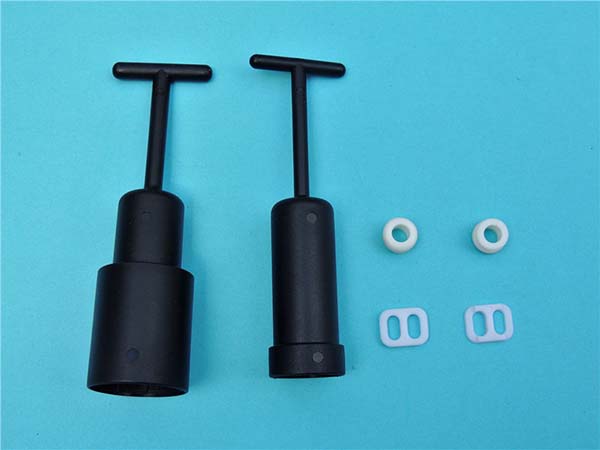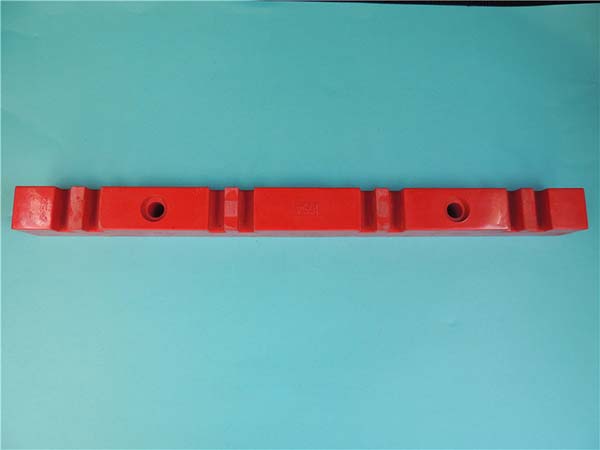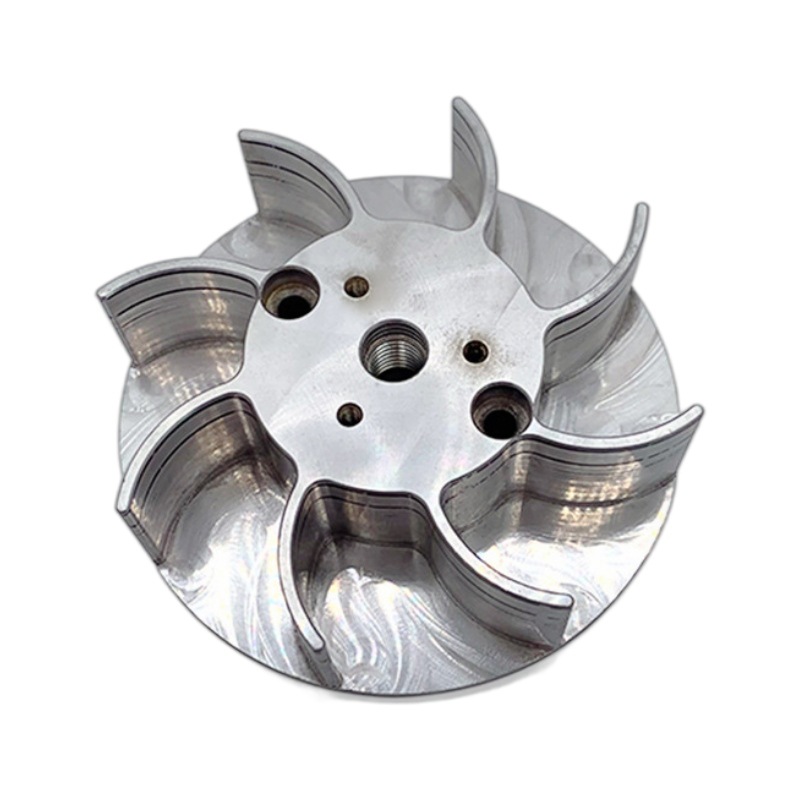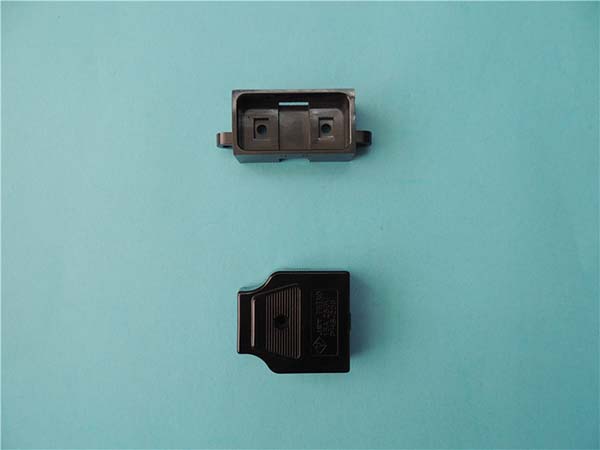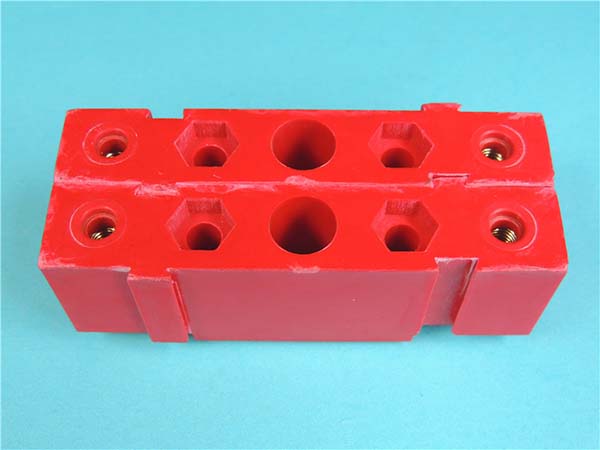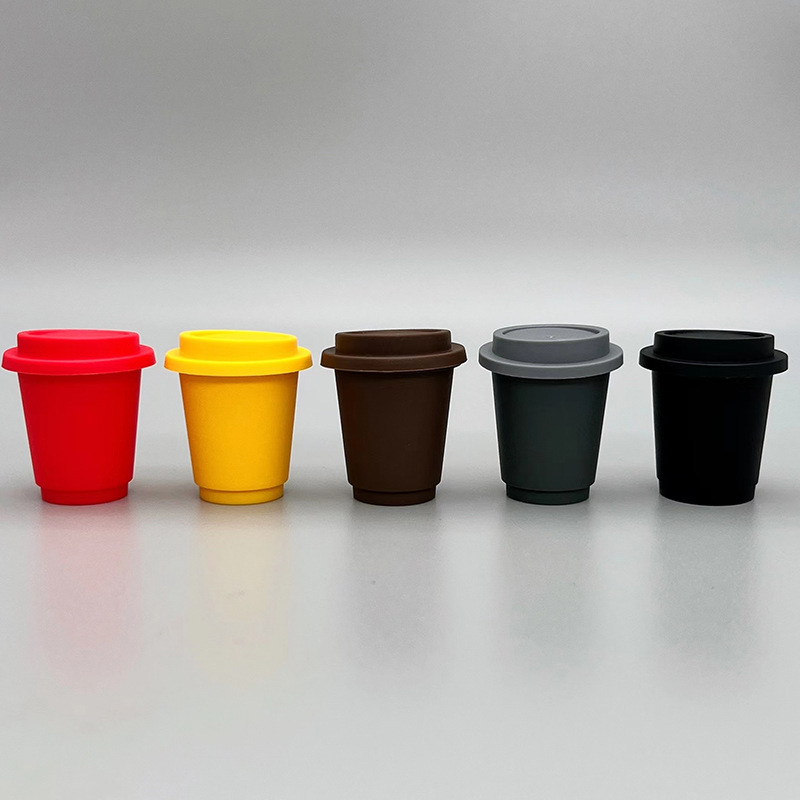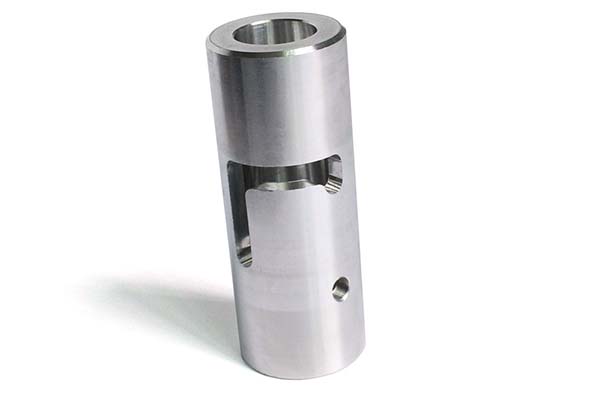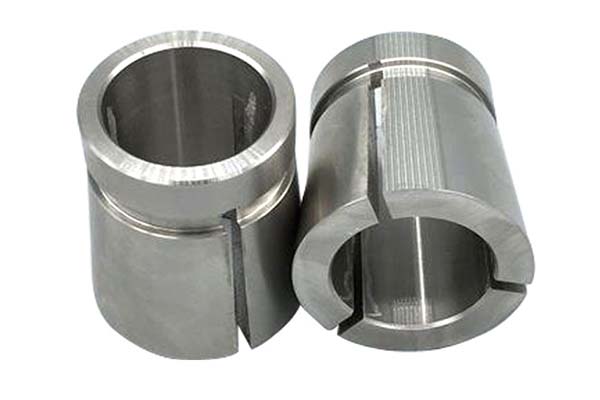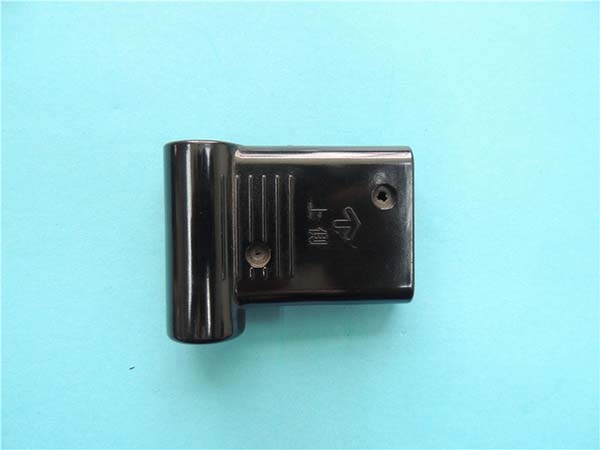CNC machining of Nylon PA66 is a critical process in manufacturing high-performance parts, yet it presents unique challenges. Manufacturers often struggle with managing its higher melting point compared to Nylon PA6, which can lead to heat-induced defects, achieving smooth surface finishes due to its tendency to fuzz, and handling its slightly higher abrasiveness that accelerates tool wear. This guide addresses these pain points, offering expert strategies to master Nylon PA66 machining.
Material Characteristics of Nylon PA66
Nylon PA66, or Polyamide 66, is a high-performance engineering plastic with properties that make it a preferred choice for demanding applications. Its mechanical properties are impressive: a tensile strength of 60-80 MPa and a flexural strength of 80-100 MPa, surpassing Nylon PA6 and making it suitable for heavy-load components.
In terms of thermal properties, Nylon PA66 has a higher melting point (255-265°C) than Nylon PA6, allowing continuous use at 100-120°C—ideal for high-temperature environments like engine compartments. Its thermal expansion coefficient is 80-90 μm/m·K, slightly lower than PA6, contributing to better dimensional stability in temperature fluctuations.
Moisture absorption in Nylon PA66 is 1.5-2.5%, lower than PA6 but still significant enough to cause dimensional changes of 0.5-1% in humid conditions. Proper conditioning before machining is essential to maintain precision. Its density is 1.14-1.15 g/cm³, similar to PA6 but with better abrasion resistance, making it ideal for high-wear parts like gears and bushings.
Impact resistance of Nylon PA66 is 25-40 kJ/m² at room temperature, slightly lower than PA6 but more consistent across a wider temperature range. It offers excellent chemical resistance to oils, greases, and alkalis, though strong acids and phenols can degrade it. Its electrical properties make it a reliable insulator in medium-voltage applications, with a volume resistivity of 10¹⁴-10¹⁵ Ω·cm.
| Property | Nylon PA66 | Nylon PA6 | Acetal (Delrin) |
| Tensile Strength | 60-80 MPa | 45-60 MPa | 60-70 MPa |
| Melting Point | 255-265°C | 215-220°C | 165-175°C |
| Moisture Absorption | 1.5-2.5% | 2-3% | <0.2% |
| Abrasion Resistance | Excellent | Very Good | Very Good |
CNC Machining Processes for Nylon PA66
CNC machining of Nylon PA66 involves processes tailored to its higher melting point and strength:
- Milling: Used for creating complex 3D shapes, requiring rigid CNC mill spindles to handle PA66’s stiffness. A 40-taper or 50-taper mill minimizes deflection during heavy cuts.
- Turning: Performed on a CNC lathe with sharp tools to prevent fuzzing. Higher spindle speeds than PA6 are needed to avoid heat buildup.
- Drilling: Requires polished flutes to manage stringy chips, with peck drilling recommended to clear debris and reduce heat.
- Cutting: Shearing with CNC routers demands slower feed rates than PA6 to prevent melting, given PA66’s higher melting point.
Machining centers with high-torque spindles (≥15 kW) are ideal for PA66, as its strength requires more cutting force. CNC programming with CAM software (e.g., Mastercam, Fusion 360) should prioritize toolpaths that minimize dwell time, reducing heat exposure. Proper part setup with fixtures that distribute clamping pressure evenly prevents deformation, as PA66 is less flexible than PA6. Workholding solutions like vacuum chucks work well for thin sheets, avoiding marring.
Tool Selection and Optimization
Choosing the right tools is critical for efficient Nylon PA66 machining:
- Carbide tools are essential for high-volume production, with grade K10 or K20 carbide offering better wear resistance than HSS due to PA66’s abrasiveness. Tool life can be 30-50% longer than with PA6 when using carbide.
- High-speed steel (HSS) tools work for low-volume jobs but require frequent sharpening—every 50-100 parts vs. 100-200 for carbide.
- End mills with 2-4 flutes: 2-flute designs for chip evacuation (critical for PA66’s stringy chips), 4-flute for finer finishes. A helix angle of 35-45° improves cutting efficiency.
- Drills with a 135° split point angle reduce thrust force, preventing workpiece deflection. Polished flutes minimize chip adhesion.
- Reamers with carbide tips ensure tight tolerances (±0.003 mm), better than HSS reamers for PA66.
Tool geometry with a sharp cutting edge (radius <0.02 mm) minimizes fuzzing. Tool coatings like TiAlN (aluminum titanium nitride) reduce friction and heat, extending tool life by 20-30% compared to uncoated tools. Tool deflection is less common than with PA6 due to PA66’s stiffness, but using short, rigid tools further reduces this risk.
Machining Parameters and Techniques
Optimizing machining parameters is key to avoiding heat-induced defects in Nylon PA66:
- Cutting speed: 120-200 m/min for milling, 100-180 m/min for turning—higher than PA6 due to PA66’s higher melting point.
- Feed rate: 0.1-0.18 mm/tooth for milling, 0.08-0.15 mm/rev for turning. Lower feeds reduce fuzzing but increase cycle time.
- Depth of cut: 1-4 mm for roughing, 0.1-0.3 mm for finishing—deeper roughing than PA6 is possible due to PA66’s stiffness.
- Spindle speed: 2500-5000 RPM for milling, 1500-3000 RPM for turning, adjusted for tool diameter.
Toolpath strategies like climb milling reduce tool wear by 20% compared to conventional milling. Maintaining a chip load of 0.015-0.03 mm/tooth prevents chip buildup. Coolant use is critical—compressed air or a water-soluble coolant (5-10% concentration) dissipates heat, preventing softening. Lubrication with light mineral oil can improve surface finish on turning operations.
Heat generation is a bigger concern than with PA6; monitoring cutting temperatures (keeping them below 200°C) prevents material degradation. Pausing cuts periodically for cooling is useful for large parts.
Surface Finish and Post-Machining Treatments
Nylon PA66’s surface finish typically ranges from Ra 0.8-1.6 μm with standard parameters. Achieving Ra 0.4-0.8 μm requires:
- Sharp tools with polished flutes.
- Reduced feed rates (0.08-0.1 mm/tooth).
- 4-flute end mills for finishing passes.
Post-machining treatments for Nylon PA66 include:
- Deburring with abrasive brushes or tumbling to remove sharp edges, critical for safety in consumer products.
- Polishing with 800-1200 grit sandpaper followed by a buffing wheel achieves a mirror finish (Ra <0.2 μm) for aesthetic parts.
- Annealing at 120-140°C for 2-4 hours relieves internal stresses, reducing post-machining warping.
- Painting or coating requires surface preparation—plasma treatment or priming improves adhesion, as PA66 has low surface energy.
Dimensional accuracy of ±0.008 mm is achievable with proper setup, though post-machining moisture conditioning in a 50% humidity environment stabilizes dimensions before final inspection with micrometers or CMMs.
Applications of CNC Machined Nylon PA66 Parts
CNC machined Nylon PA66 parts excel in demanding applications:
- Automotive parts: Engine covers, transmission gears, and brake components leverage its high-temperature resistance and wear tolerance.
- Aerospace components: Cabin interior parts and under-hood components withstand temperature fluctuations and vibration.
- Mechanical components: Heavy-duty bearings, roller guides, and valve stems benefit from its high strength and abrasion resistance.
- Robotics: Gear trains and linkages use PA66 for its precision and durability in continuous operation.
- Electrical insulators: High-voltage terminal blocks and motor components serve well due to its electrical properties.
- Industrial parts: Conveyor systems and hydraulic components handle heavy loads and harsh chemicals.
- Medical devices: Sterilizable instrument trays (with FDA-approved grades) use PA66 for its chemical resistance.
Yigu Technology's Perspective
Yigu Technology specializes in CNC machining Nylon PA66, with expertise in managing its higher melting point and abrasiveness. We condition PA66 to 50% relative humidity before machining to stabilize dimensions and use TiAlN-coated carbide tools to extend tool life and reduce fuzzing. Our CAM-optimized toolpaths minimize heat exposure, ensuring tight tolerances. Whether producing aerospace components or industrial gears, we tailor parameters to maximize PA66’s strengths, delivering reliable parts that meet the most demanding specifications.
FAQ
- How does Nylon PA66 compare to Nylon PA6 in machining?
Nylon PA66 requires higher cutting speeds due to its higher melting point and is more abrasive, demanding carbide tools for long tool life. It offers better dimensional stability but is more prone to fuzzing, requiring sharper tools and optimized feeds.
- Can Nylon PA66 be used in high-temperature applications?
Yes, its continuous use temperature of 100-120°C makes it suitable for engine compartments, industrial ovens, and other high-heat environments—outperforming PA6 in these settings.
- What causes heat-induced defects in Nylon PA66 machining?
Excessive spindle speeds, prolonged dwell times, or dull tools generate heat that softens PA66, causing surface burns or warping. Using sharp carbide tools, optimizing feeds/speeds, and applying coolant prevents these issues.
